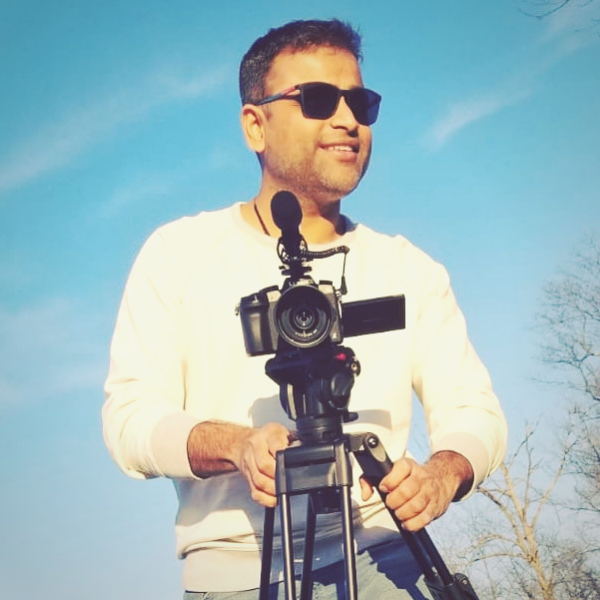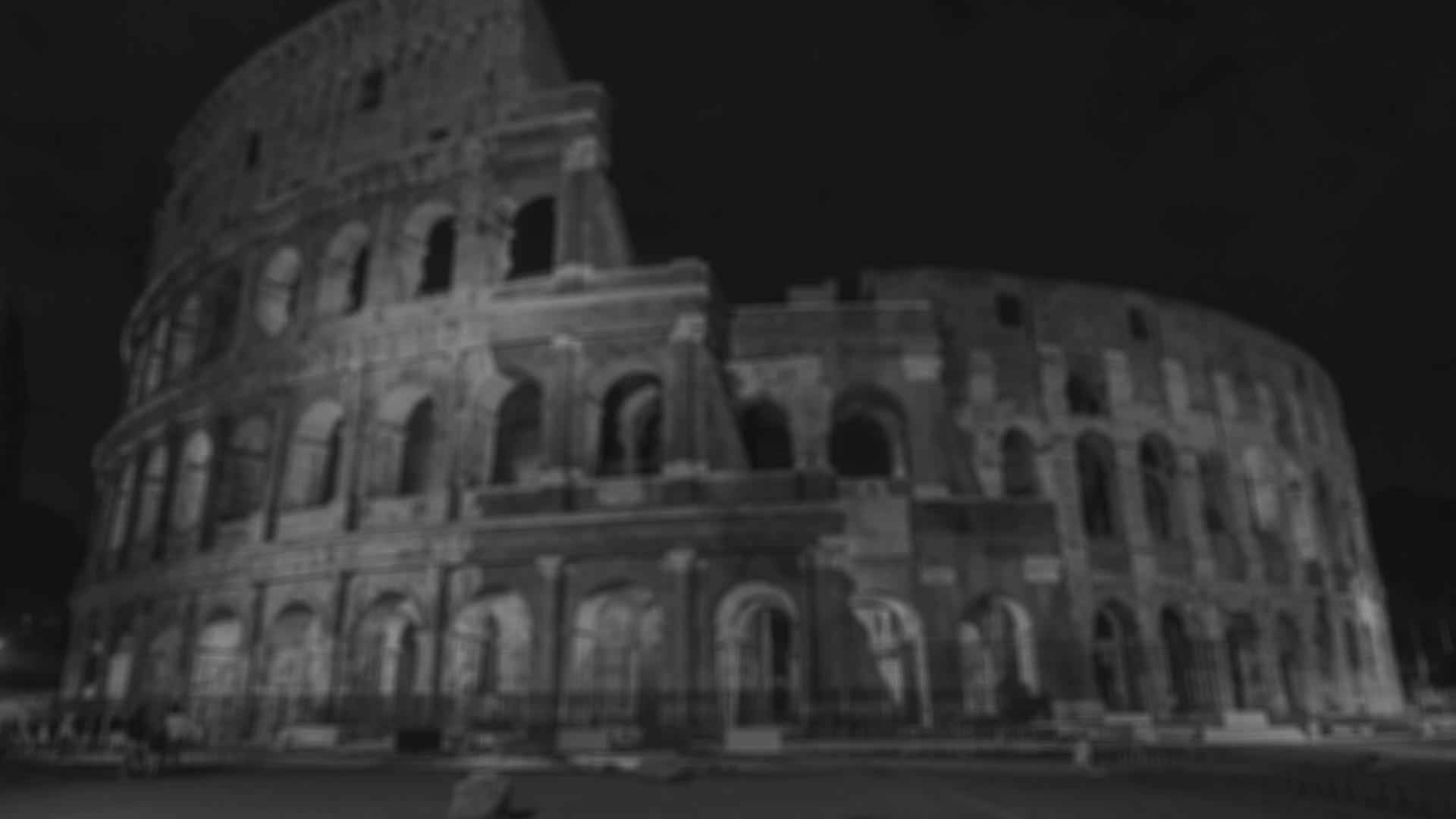
04 Ago An interview with AMIT PATEL, director of “CROSSHAIR: A TIPPING POINT”
“CinemA” starts with Letter ‘C’ to bring “Creativity” and ends with letter ‘A’ -to portray “Art”. If films don’t have Creativity and Art, That is not cinema to me.”
BIO
Amit Patel is a filmmaker and an actor based in East Windsor, New Jersey who was born in India. He currently works as a full-time program manager and is also an Entrepreneur.
Amit has completed his MS in Computer Science while not forgetting his passion for cinema or stage. He has performed in very popular Indian TV series, “Ek j daal na pankhi” (Translation: “Birds from the same Branch”), and also took part in many stage acts during his childhood. He used to direct stage acts during his college days.
Amit has been writing stories and screenplays and directing them to tell those stories in a creative way. He is in love with Film-making. Being an Indie filmmaker, he creates films while wearing different hats as – a writer, director, actor, editor, sound designer, colorist and promoter for his own work.
Amit shot his first Zero budget short film, Corontine: Time to stay home, in 2020 while the whole world was under lockdown during pandemic, which was officially selected in 2 film festivals for best picture and was dedicated to front line workers in pandemic.
Right after that, Amit worked on a very interesting Suspense thriller short, Crosshair: A Tipping Point, which was released in July 2020 by Amazon Prime in the USA and UK. This film became truly a reflection of his creativity and art in storytelling, -due to the symbolism and audio-visual storytelling techniques, Crosshair: A tipping point, was loved and screened around the world in many film festivals and was officially selected as a best short for his direction, story and acting.
While being an independent filmmaker, Amit is also shining as a very talented actor in Hollywood films like, Eleos and The final decision.
Amit’s dream is to keep directing new films and web-series with professional filmmakers and actors and is currently building his body of work in that direction. He really enjoys the art of storytelling.
1. Crosshair: A Tipping Point (Short Film) (Released) – Writer/Director/Actor – 2020
2. Corontine: Time to stay home (Short Film) (Released) – Writer/Director/Actor – 2020
3. Eleos (pre-production) – Asoc.Producer/Actor – 2020
4. The Final Decision (filming) – Actor(VO) – 2020

Your film has a strong authorial identity, thanks to the virtuous direction and the excellent script. But “Crosshair” can also be called a thriller, due to its proximity to this film genre. So what were your sources of cinematographic inspiration?

The frenetic rhythm of the film builds a magnetic and disturbing tension that keeps every spectator glued to the armchair, from the first minute to the last. What fascinates you about suspense and narrative tension? Why did you choose to tell this story?

You are also the protagonist of this film, as well as the director. What was it like being on both sides of the camera? What is your favorite role?

Thanks to new technologies and the formation of new professional networks, today it is possible to create beautiful films in the independent circuit with a very low budget, as you did. What are the advantages of independent cinema for you? Are you comfortable with these agile production dynamics?
Everyone has a story to tell and with the digital camera and new technologies It has become so easy for a true storyteller to come out and tell the story. Professional Networking has become easier as well to collaborate with different kind of skills. Filmmaking is not a one man process and variety of skills are more important than one can think of. The bigger advantage of an independent cinema is that it pushes you all the way to the edge and it gets the best out of you being a filmmaker. I love the agility because your freedom of art becomes extensive. It gives wings to an artist to fly as high as he can in a creative sky.

What was your film formation? In short, how did you get to directing?


